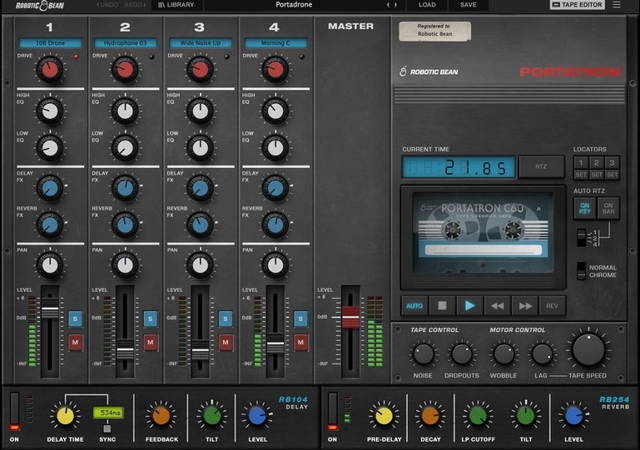

SNR, MTF, and DQE measurements show a small decrease in collected signal and a small increase in noise. Results: Overall, the 2nd and 100th detector lag frame residual signals were reduced 70%–88% using the new method. CBCT data of pelvic and head phantoms were also collected. Detector step response, lag, SNR, modulation transfer function (MTF), and detective quantum efficiency (DQE) measurements were made with standard and forward bias firmware. The contrast of residual lag ghosts was measured for lag frames 2 and 100 after irradiation ceased for standard and forward bias modes.


A Varian 4030CB panel was modified to allow for operation in the forward bias mode. During this new stage the photodiode is operated in a forward bias mode, which fills the defect states with charge. For pulsed irradiation, the proposed method inserts a new operation step between the readout and data collection stages. Methods: The proposed hardware solution for lag reduction requires only a minor change to the FP. The feasibility of a novel, partially hardware based solution is also examined. The purpose of this work is to investigate a new hardware based method to reduce lag in an a-Si FP and to evaluate its effectiveness at removing shading artifacts in CBCT reconstructions. Software methods to characterize and correct for the detector lag exist, but they may make assumptions such as system linearity and time invariance, which may not be true. A major contributor to detector lag is believed to be defect states, or traps, in the a-Si layer of the FP. Purpose: Digital a-Si flat panel (FP) x-ray detectors can exhibit detector lag, or residual signal, of several percent that can cause ghosting in projection images or severe shading artifacts, known as the radar artifact, in cone-beam computed tomography (CBCT) reconstructions.


 0 kommentar(er)
0 kommentar(er)
